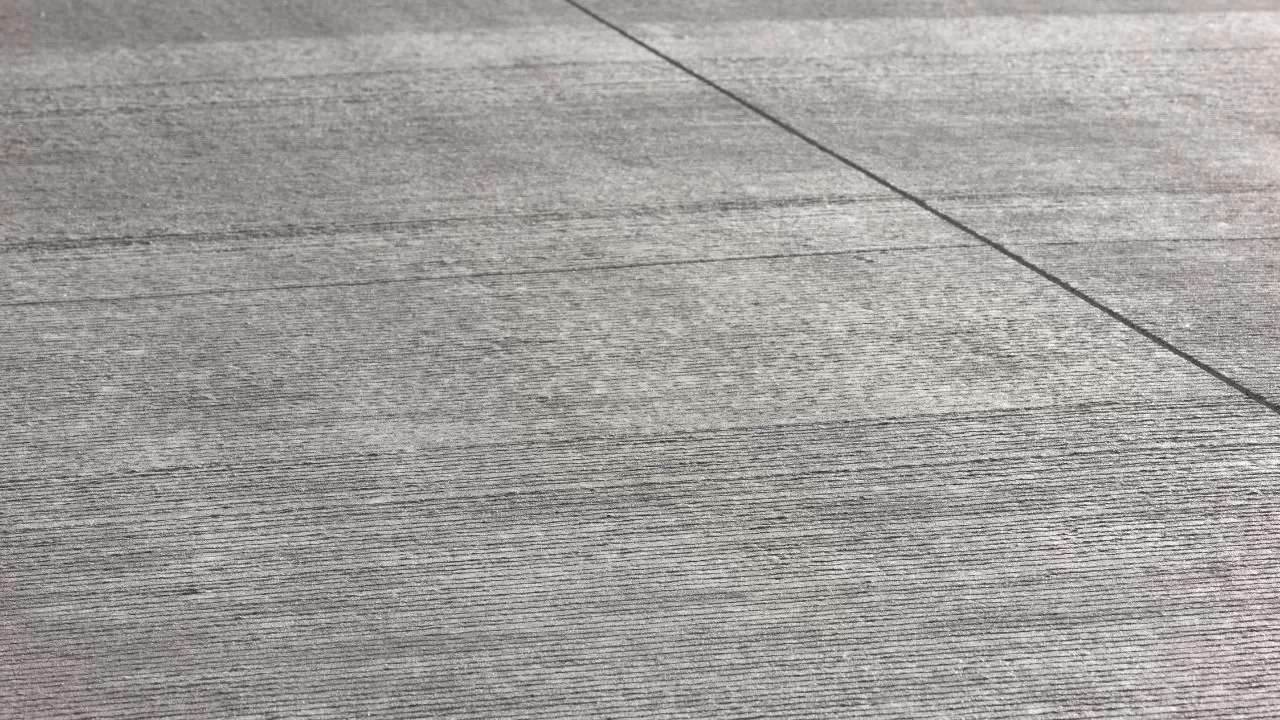Types of road construction are significant to understand the category of roads and their characteristics. In this blog, we will find out the details of 5 types in detail.
5 Types of road construction
In this section, the important types of road construction is broken down in detail.
Whitetopping roads
- Whitetopping is the coating of a layer of Portland cement concrete on the existing asphalt pavement.
- Depending on the thickness of the concrete sheet and if the layer is bonded to the asphalt substrate, whitetopping is divided into different types.
- The main objective of an overlay is either to restore the existing pavement or to improve the load-carrying capacity, or both.
- In achieving this goal, in addition to rectifying other defects such as loss of texture, overlays often restore the ride-ability of existing pavements that have experienced rutting and deformation.
- Asphalt is considered to be much less robust and powerful than most other alternatives and is therefore not the best for the setting.
Polymer fiber reinforced concrete roads

- Polymeric fibres are now used because they are cost-effective and have no chance of corrosion.
- Polymeric fibres are either polyester or polypropylene that are normally used.
- FRC material technology, including highways, local streets, intersections, parking lots, bus pads, sidewalks, driveways, bridge decks, pavement overlays, manufacturing floors, airfield pavement overlays, and patches, is used for a large number of pavement applications.
- FRC may be used for new construction as well as for maintenance (patching), rehabilitation (overlays), and reconstruction.
- The use of FRC for bonded concrete overlays on asphalt or composite pavements has seen substantial growth in the past few years for minor pavement rehabilitation.
- The thickness of an asphalt bonded concrete overlay (BCOA) varies from 3 to 6 in., and the thinner installations were the majority of FRC overlays of this kind.
Bituminous roads

- Bituminous surface treatment (BST) or chip seal is primarily used as a sealing coat to rejuvenate asphalt concrete pavement, but also on low-traffic highways.
- It typically consists of aggregate spread over an asphalt emulsion sprayed-on or asphalt cement cut-back.
- By rolling it, usually with a rubber-tired roller, the aggregate is then deposited in the asphalt.
- “A broad range of regional words, like “chip seal,” “tar and chip,” “oil and stone,” “seal coat,” “sprayed seal,” or “surface dressing,” or simply “bitumen,” define this form of surface.
- These are laid down using specialised and proprietary equipment.
- In urban areas where the roughness and lack of stone associated with chip seals are deemed inappropriate.
Composite pavement road

- In composite pavements, portland cement concrete sublayer is mixed with asphalt.
- Usually, they are used to rehabilitate existing roadways. To restore a smooth wearing surface, asphalt overlays are sometimes laid over distressed concrete.
- For reflective crack management, geosynthetics can be used.
- A heavyweight is dropped on the concrete with breakage and seat and crack and seat processes to cause cracking, then a heavy roller is used to seat the resulting parts into the subbase.
- The machinery used to crack the concrete pavement and the scale of the resulting fragments is the key difference between the two methods.
- The hypothesis is that regular small cracks disperse thermal stress over a wider area than uncommon large joints, minimising the strain on the asphalt pavement overlying it.
- Rubblization is a more complete fracturing of the old, worn-out concrete that essentially turns the old pavement into a new asphalt road aggregate base.
Gravel road
- Two distinct uses of road surfacing have been used to add gravel, or “metalling.”
- Second, the highway path would have been dug down several feet and French drains may or may not have been installed, depending on local conditions.
- Large stones were then positioned and compacted, accompanied by successive layers of smaller stones until the road surface consisted of small stones that had been compacted into a rough, durable surface.
- “Road metal” later became the name of stone chippings combined with tar to form the tarmac material for the road surface.
- The decision on whether or not to pave a gravel road also depends on the amount of traffic.
- Maintenance costs for gravel roads have been found to sometimes exceed maintenance costs for paved or surface-treated roads if the traffic level reaches 200 vehicles a day.
I hope you found the article insightful. Let me know in comments if you have any doubts.
Happy learning!



4 thoughts on “5 Types of road construction Complete Guide”
Comments are closed.